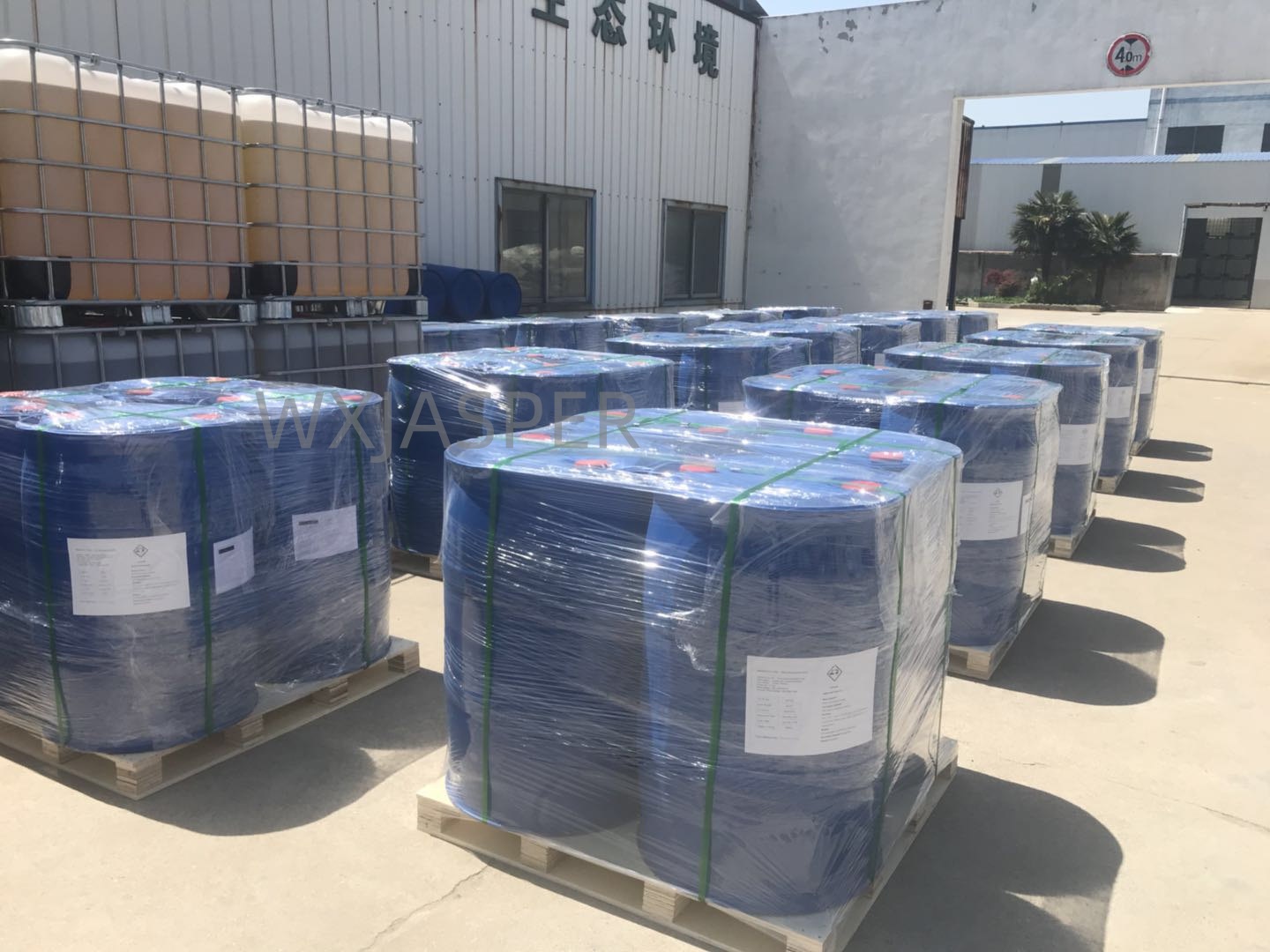Your Location:Home > Products > Solvents > 2-Methyl-4-Isothiazolin-3-one



CasNo: 2682-20-4
MF: C4H5NOS
Appearance: liquid
Delivery Time: 15 days
Packing: 200kg/drum
Purity: 99%
|
Indicator |
Typical Values (for 10% aqueous solution) |
Description |
|
Appearance |
Colorless to pale yellow transparent liquid, with a slight characteristic odor |
High-purity products are free of turbidity and sediment; may turn slightly yellow after long-term storage (>6 months), which does not affect activity. |
|
Density (20°C) |
1.02–1.06 g/cm³ |
Stable density allows accurate metering and addition in formulations. |
|
pH Value (25°C) |
3.0–5.0 (weakly acidic) |
A weakly acidic environment inhibits MIT hydrolysis; MIT decomposes easily at pH > 8.0. Avoid direct mixing with strong alkaline substances. |
|
Solubility |
Miscible with water in all proportions; soluble in polar organic solvents (e.g., methanol, ethanol, propylene glycol); poorly soluble in non-polar solvents (e.g., petroleum ether, hexane) |
Easily integrated into water-based formulations (e.g., shampoos, toners, water-based coatings) and compatible with most daily chemical/industrial systems. |
|
Stability |
Active ingredient loss ≤5% when stored at 0–40°C for 6 months; prone to degradation at >50°C or under UV irradiation |
Store in a cool, dark place; avoid high-temperature processing (e.g., prolonged stirring at >80°C). |
|
Boiling Point |
100–102°C (10% aqueous solution); pure MIT decomposes at 245°C |
The aqueous solution has no obvious volatility and can be safely used in open production processes. |
|
Product Type |
Recommended Dosage (for 10% aqueous solution) |
Core Function |
|
Skincare Products (toners, lotions, creams) |
0.02%–0.05% (equivalent to 20–50 ppm active MIT) |
Inhibits microbial growth in formulations and extends product shelf life—especially effective for perishable systems containing plant extracts and oils. |
|
Cleansing Products (shampoos, body washes) |
0.03%–0.08% (equivalent to 30–80 ppm active MIT) |
Resists external bacterial contamination during use and prevents product odor or stratification during storage. |
|
Color Cosmetics (foundations, lipsticks) |
0.01%–0.03% (equivalent to 10–30 ppm active MIT) |
Achieves preservation with low addition levels, avoiding impacts on the color stability and spreadability of color cosmetics. |